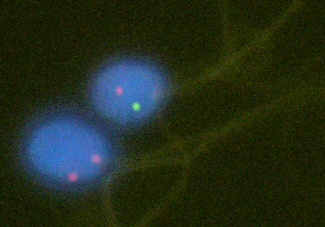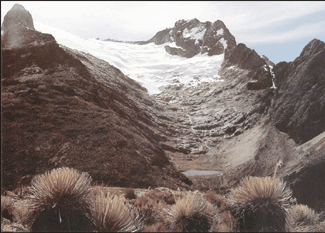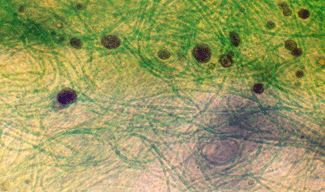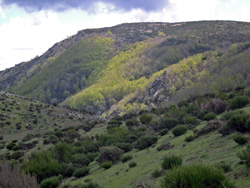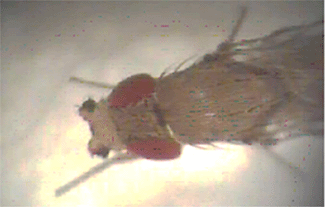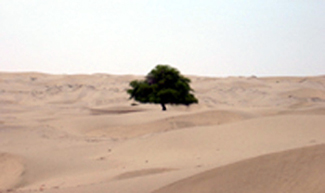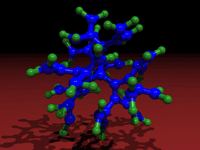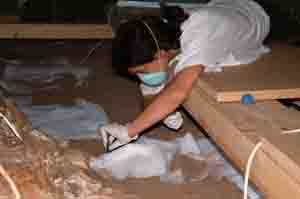In our chromosomes there are small disorders that generally do not affect us but that can be decisive for reproduction. This is the case for the so-called chromosomal inversions (a change in direction of a chromosomal fragment within the original chromosome). UAB researchers have studied these alterations and concluded that the larger a...
